Saving Seconds, Saving Lives: A First Aid Guide to Strokes
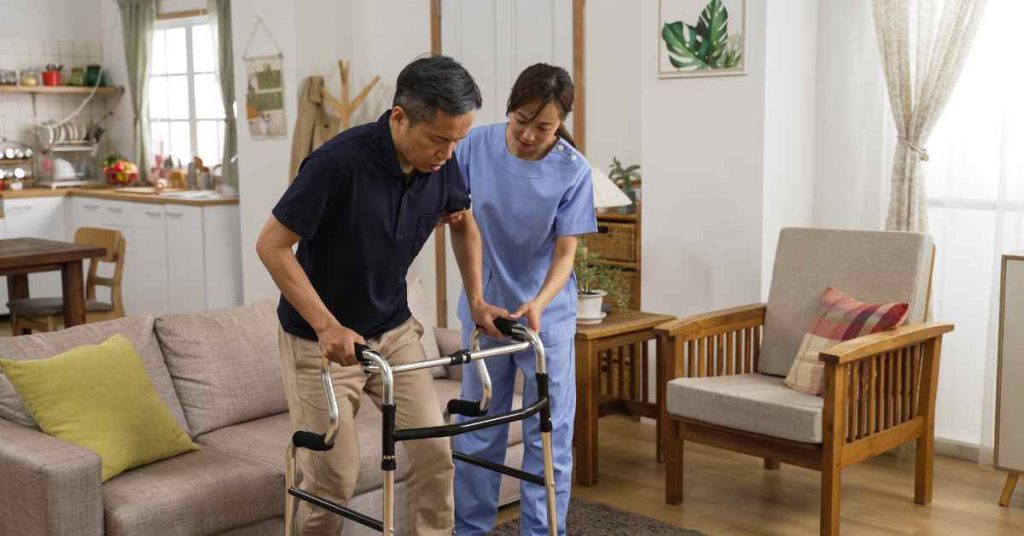
Understanding strokes is a matter of life and death, and the urgency cannot be overstated. Strokes are sudden, often debilitating events that can strike anyone, anywhere, at any time. They don’t discriminate by age or gender, and their impact can be devastating. However, the key to mitigating the damage caused by strokes lies in immediate action and knowing how to perform first aid.
In this blog, we will explore the profound importance of understanding strokes, the critical role of swift and appropriate first aid in these situations, and provide you with an insightful preview of the life-saving information to come.
Time is of the essence when it comes to strokes, and by the end of this blog, you’ll be equipped with knowledge that can make the difference between life and death.
Understanding Strokes:
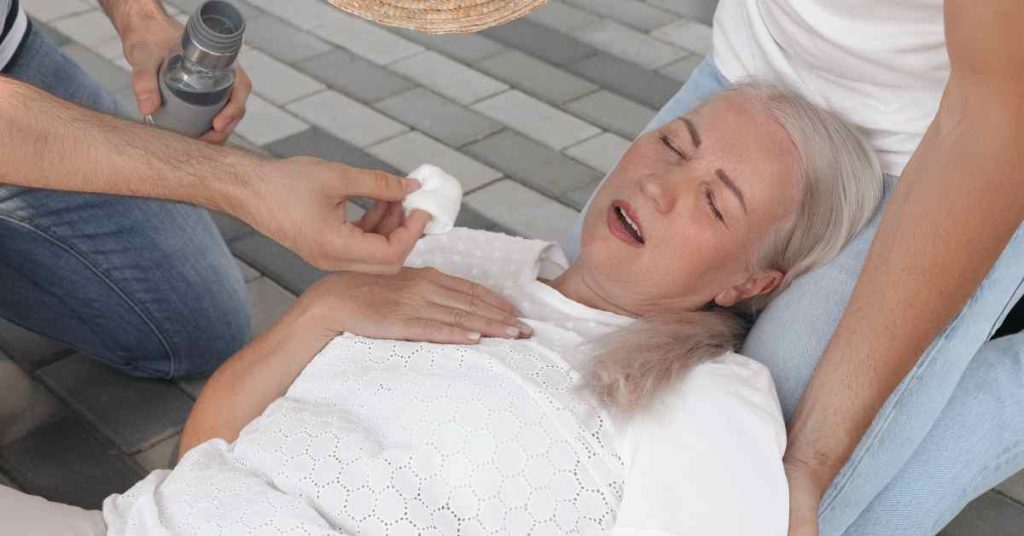
Strokes are complex medical events that demand a deeper comprehension. Here’s what you need to know:
A. Definition and types of strokes:
- A stroke, often referred to as a “brain attack,” occurs when there’s a disruption in the blood supply to the brain.
- There are two primary types of strokes: ischemic strokes, caused by blocked blood vessels, and hemorrhagic strokes, resulting from bleeding in the brain.
- Transient Ischemic Attacks (TIAs) are considered “mini-strokes” and require immediate attention as they can precede a major stroke.
B. Risk factors and common causes:
- Risk factors for strokes include hypertension, smoking, diabetes, high cholesterol, and a family history of stroke.
- Lifestyle choices such as poor diet, sedentary habits, and excessive alcohol consumption can contribute to stroke risk.
- Certain medical conditions like atrial fibrillation (an irregular heart rhythm) can also increase the likelihood of stroke.
C. The impact of strokes on the brain and body:
- Strokes can have severe consequences, including paralysis, speech difficulties, memory loss, and cognitive impairments.
- The brain’s immediate response to a stroke can determine the extent of damage, and fast intervention is critical.
- Strokes can result in permanent disability or, in some cases, prove fatal, making it imperative to recognize symptoms and seek prompt medical attention.
Recognizing the Signs of a Stroke:
Swift recognition of stroke symptoms can be the difference between life and death.
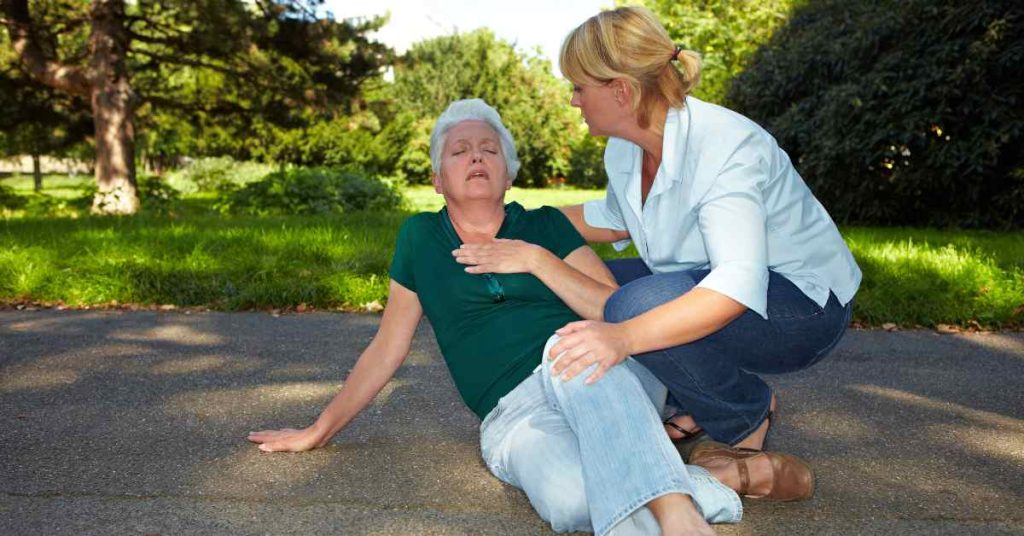
A. Common symptoms and warning signs:
- Stroke symptoms often manifest suddenly and may include numbness or weakness in the face, arm, or leg, especially on one side of the body.
- Other warning signs can be sudden confusion, trouble speaking or understanding speech, severe headaches, dizziness, or loss of balance.
- Visual disturbances, such as trouble seeing in one or both eyes, may also occur.
B. The importance of acting quickly:
- Time is of the essence when dealing with strokes. The longer a stroke goes untreated, the greater the potential for severe and irreversible brain damage.
- Immediate medical attention is crucial to reduce the impact of a stroke and improve the chances of recovery.
C. The acronym FAST (Face, Arms, Speech, Time) for stroke recognition:
- F: Face – Ask the person to smile. Does one side of their face droop?
- A: Arms – Ask them to raise both arms. Is one arm drifting downward?
- S: Speech – Ask them to repeat a simple sentence. Is their speech slurred or strange?
- T: Time – If you observe any of these signs, it’s time to call 000 or your local emergency number immediately.
First Aid for Suspected Strokes:
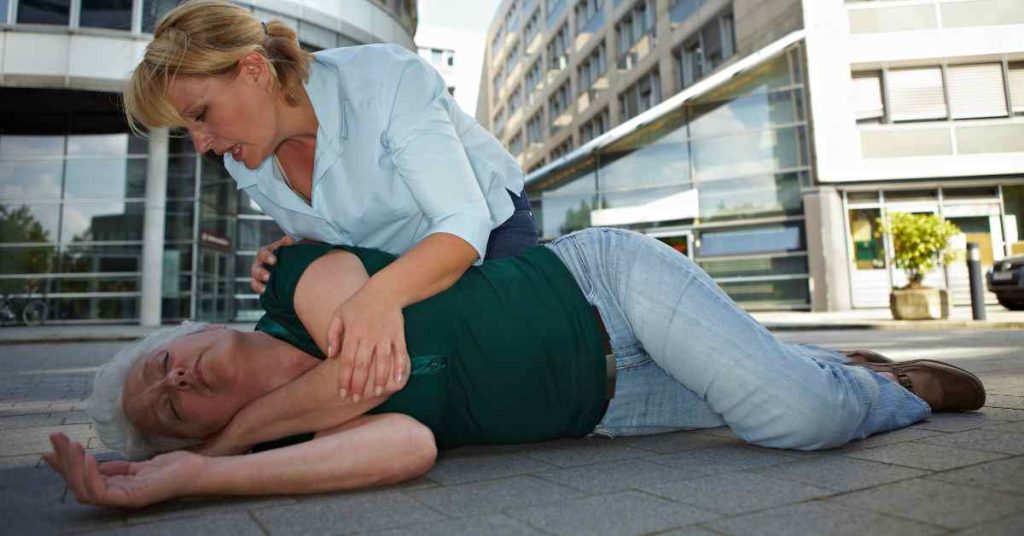
In the critical moments when a stroke is suspected, taking the right first aid steps can make a profound difference. Here’s what you should do:
A. The crucial step of calling 000 or emergency services:
- Dial 000 or your local emergency number immediately if you suspect someone is having a stroke.
- Provide the dispatcher with as much information as possible, including the person’s symptoms, age, and any known medical conditions.
B. Supporting the person in a safe and comfortable position:
- Help the person sit down or lie down in a comfortable and safe position.
- If they are conscious, encourage them to stay as calm and still as possible to reduce the risk of further injury or complications.
C. Monitoring vital signs while waiting for help to arrive:
- Keep a close eye on the person’s breathing and level of consciousness.
- If the person becomes unconscious and stops breathing, be prepared to perform CPR if you are trained to do so.
- Reassure the person and let them know that help is on the way.
Is it a Stroke or Something Else?
Recognizing stroke symptoms accurately is crucial, but sometimes other conditions can mimic those symptoms. Here’s what you need to consider:
A. Distinguishing strokes from other conditions with similar symptoms:
- Conditions like migraines, seizures, and low blood sugar (hypoglycemia) can present with symptoms resembling a stroke.
- Key differences may include the duration and progression of symptoms, as well as the presence of other telltale signs, such as a history of migraines or epilepsy.
B. The role of healthcare professionals in diagnosis:
- Healthcare providers play a vital role in differentiating between stroke and other medical conditions through a thorough evaluation.
- Diagnostic tests, including brain imaging (CT or MRI scans) and blood tests, can help confirm a stroke diagnosis.
- A precise diagnosis guides appropriate treatment and intervention.
Reducing Stroke Risk and Prevention:

Preventing strokes begins with proactive measures and raising awareness. Here are key strategies:
A. Lifestyle changes and risk factor management:
- Maintain a balanced diet rich in fruits, vegetables, and whole grains while reducing salt and saturated fat intake.
- Engage in regular physical activity to manage weight and improve cardiovascular health.
- Quit smoking and limit alcohol consumption.
- Control underlying health conditions like hypertension, diabetes, and high cholesterol through medication and lifestyle modifications.
B. The significance of regular medical check-ups:
- Schedule routine medical check-ups to monitor and manage risk factors.
- Healthcare providers can assess your risk for stroke and recommend preventive measures or treatments as needed.
- Regular check-ups allow early detection and management of conditions like atrial fibrillation, a major risk factor for stroke.
C. Promoting stroke awareness in the community:
- Advocate for and participate in community stroke awareness programs and events.
- Educate friends and family about stroke symptoms and the importance of prompt action.
- Encourage individuals to know their risk factors and take steps to reduce them, fostering a stroke-aware community.
Recovery and Rehabilitation:
Recovering from a stroke is a journey that involves a multifaceted approach to regain physical and emotional well-being.
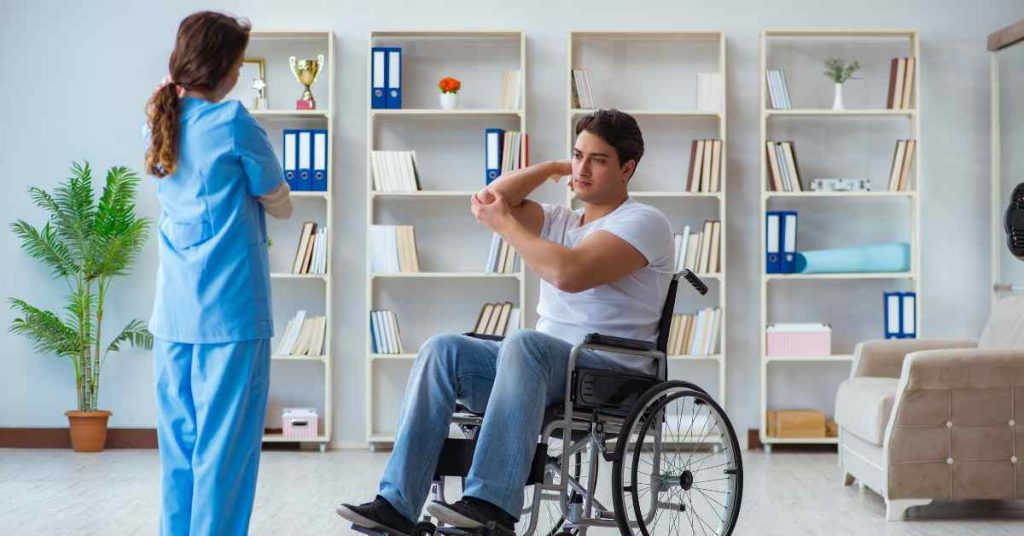
A. Post-stroke care and treatment options:
- Post-stroke care often includes medication to prevent further strokes and manage underlying conditions like hypertension.
- Treatment options may also involve surgical interventions, such as carotid endarterectomy, to reduce stroke risk.
- Stroke survivors may require ongoing medical monitoring and adjustment of their care plan as needed.
B. The importance of physical therapy and rehabilitation:
- Physical therapy plays a pivotal role in helping stroke survivors regain mobility, strength, and coordination.
- Rehabilitation programs, which can include occupational therapy and speech therapy, are customised to address individual needs.
- The goal is to maximize independence and quality of life, and these therapies are typically a long-term commitment.
C. Emotional and psychological support for stroke survivors:
- Coping with the aftermath of a stroke can be emotionally challenging, and stroke survivors may experience depression, anxiety, or cognitive changes.
- Emotional support from friends, family, and support groups is invaluable.
- Counseling and therapy can help individuals and their caregivers address the emotional and psychological aspects of stroke recovery.
Recovery and rehabilitation after a stroke are often ongoing processes, requiring dedication, patience, and a comprehensive approach to physical and emotional well-being. With the right support and therapies, many stroke survivors can make significant strides toward regaining their independence and overall quality of life.
The First Aid Nest run public and workplace first aid courses, Australia wide.
Our workplace first aid courses can be run at your site.
Our public classes are here in Sydney and are the best option if you are an individual, a couple or a group
of just a few people.
Our sophisticated system will take the headache out of renewal for you too. Lose your certificate? No problem, just log in and download your certificate again anytime. We will also send you reminders about when your certificate is about to expire!
Book your spot or workplace with us today, contact us with any questions, or head to our FAQ page.

